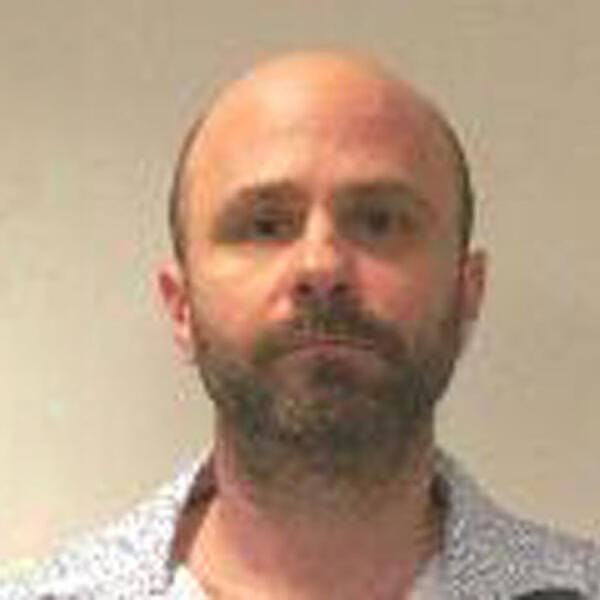
The human future as a design space – what does that mean to you?
Maybe we are at a turning point in history – where humanity might be able to chart their future rather than have the future be some jumbled mystery that will unfold on its own. But I keep returning to the idea of “irreducible complexity.” That is the stage at which any system (person, thing, program, etc.) will not function as it should if any parts are changed or removed. If I remove my cell phone’s screen, it’s not going to work as it should; similarly, if I lose some physical or even social aspects of myself, I’m not going to work as I should – at least not this version of me right now. If we are always changing as people, and we are “irreducibly complex,” how can we design any future for real humans?
When we try to craft our messages for an “audience,” we naturally simplify it. Any audience I address is therefore imaginary; it’s a simplification that does not capture the humans with whom I am actually trying to communicate. Does this mean that I am doomed to failure? I don’t think so.
Communication is not a simple transmission of my thoughts into empty, waiting containers. Instead, my sense of an audience changes during the act of communication: what I think, what I try to convey, undergoes shifts as I understand the nuances or details of my audience. At the same time, what I communicate shapes not just what the audience may think, but who they are and who I am as well: our attitudes and our beliefs may change during the act of communication. So I need to approach the audience as something more flexible and dynamic.
If we are always changing in unpredictable ways, how can we pin down who an individual person is or even what we mean when we say “humanity?”
These are messy questions, to put it mildly. But are they futile questions to pursue? I don’t think so; in fact, focusing on this messiness may be the key to a human future designed for real people rather than abstract groups.
In order to conceive of the human future as a design space, we have to first understand that what it means to be human has always been in flux. The earliest recorded philosophers pondered this issue, and it still remains a vibrant area of debate. I say this, but I think that something deeply fundamental is changing. Social media, the Internet, the humanities, and the sciences are all rapidly revealing how we all exist not in simple boxes, but along continua. Put more simply, we are at a moment of radical divergence, where to be human means to be increasingly individual and unique.
This is wonderful and exciting, but it…well…it presents a bit of a design problem. How can we design and chart a future if we are all so radically different?
Maybe recognizing, celebrating, and understanding our difference is the first step to understanding our similarity. Once we arrive at that point – and I think we still have some way to go on that journey – perhaps we can then begin to understand in new ways what it means to be human and chart new futures.
Before we get to that point, though, we have to learn. We have to learn how we are different. We have to learn that our differences should not lead to exclusionary system designs, be they technological, political, educational, or ethical. We have to learn to design systems that themselves learn and respond to our differences in productive ways.
Seizing upon our differences, learning from them, and designing for them may be the only way we can have a human future as a design space and, really, it may be the only way we can have a human future at all.
About Adam Pacton
Adam is a lecturer in writing and rhetoric who designs and facilitates college composition MOOCs (massive open online courses) in ASU’s Global Freshman Academy. He earned his PhD in Rhetoric and Composition at the University of Wisconsin-Milwaukee. His research has focused on composition theory, pedagogy, and assessment; disability studies; writing program administration; and user experience. He received an ASU President's Award for Innovation in 2017.